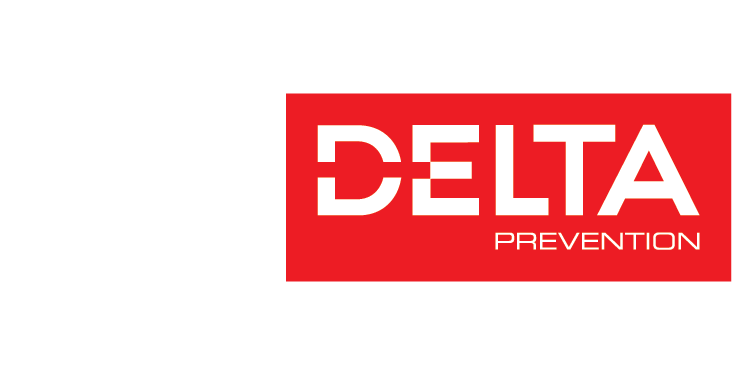When it comes to safety on a roof, there are Canadian and Quebec standards, as well as some criteria to consider making the best choice between several varieties of railings that can be installed on a roof hatch.
What is a roof hatch railing?
The railing is the most commonly used protective device in the world for preventing the risks of falls from heights, from a roof, or from a roof hatch. It lets you create a real boundary when faced with a potentially dangerous area. The main characteristics of railings are that they must be resistant, rigid, and firmly attached, even if they’re removable, so that they can withstand the static and dynamic forces caused by a person’s movements. Finally, they must be a significant physical barrier for any person, large or small.
4 tips for choosing a roof hatch railing
- Choose a railing that meets the applicable standards
In Quebec, all railings installed on roofs to protect an access hatch or mark off the roof itself must meet certain Canadian and Quebec building standards to prevent the risk of falls from heights as much as possible. The standards to be respected are the CBNC, CNESST, and OSHA standards. Always choose a railing with technical characteristics that meet the points required by Canada and Quebec. Only compliance with these standards lets you ensure the safety of everyone.
- Choose a weather-resistant railing
Because the weather conditions in Quebec are harsh in the winter, and because this should in no way impair the safety level when accessing a roof, you should choose a railing that’s resistant to the weather outside. Indeed, snow or rain can lessen the quality and safety level of a railing that isn’t very resistant and of low quality. To satisfy the characteristics of the climate in your region, it’s best to choose a railing designed with weather-resistant materials, such as rubber or aluminum.
- Choose a railing that’s easy to install
To be durable and cost-effective, a railing must be easy to install, but also easy and safe to remove. Indeed, in case of work on the edge of a roof, it must be able to be removed and repositioned easily. A fixed wooden railing, for example, will certainly not be able to meet your safety needs over the years if it’s left outside during the winter. In addition, its repeated installations will be costly, while you could choose to purchase an easy-to-install railing that you can install yourself thanks to the installation instructions. An easy-to-install railing is therefore also an economical purchase.
- Choose a railing that won’t damage the roof
Instead of choosing a railing that attaches directly to the roof, for safety reasons, it’s a good idea to choose a railing that can be completely attached to the roof hatch to avoid damaging the roof membrane. Removable railings that adapt to the roof hatches offer the great advantage of being installed in pressure on the hatch, which helps prevent water infiltration.
